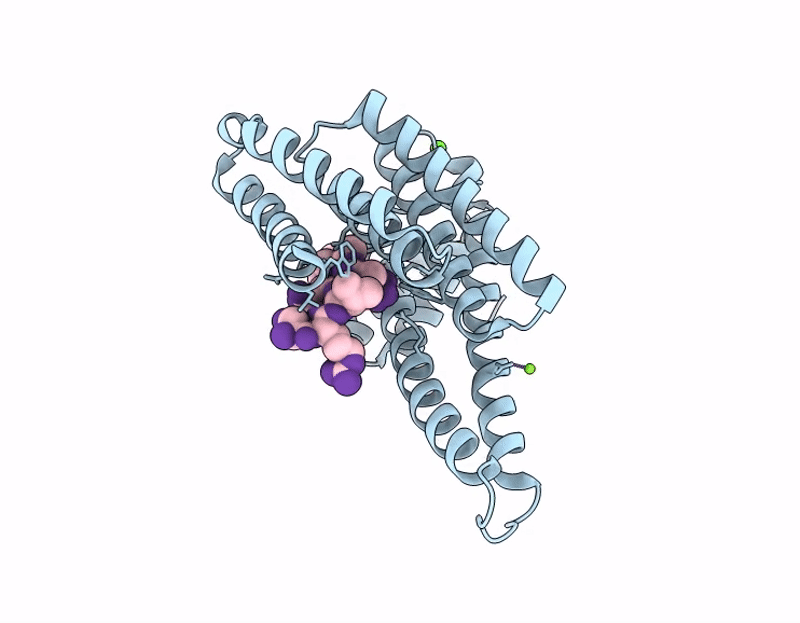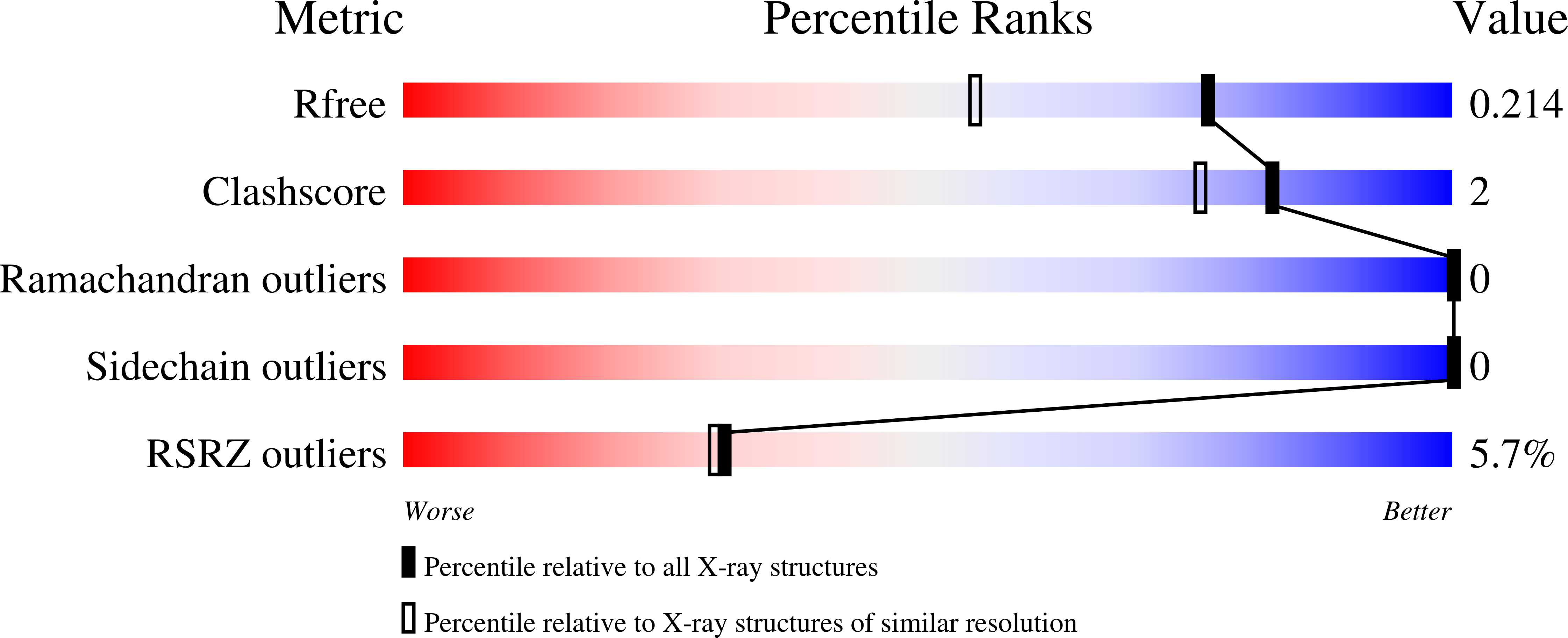
Deposition Date
2025-03-25
Release Date
2025-09-03
Last Version Date
2025-09-24
Entry Detail
PDB ID:
9QNK
Keywords:
Title:
Tau pT245 phosphopeptide binding to 14-3-3sigma
Biological Source:
Source Organism:
Homo sapiens (Taxon ID: 9606)
Host Organism:
Method Details:
Experimental Method:
Resolution:
1.60 Å
R-Value Free:
0.19
R-Value Work:
0.16
R-Value Observed:
0.16
Space Group:
C 2 2 21


